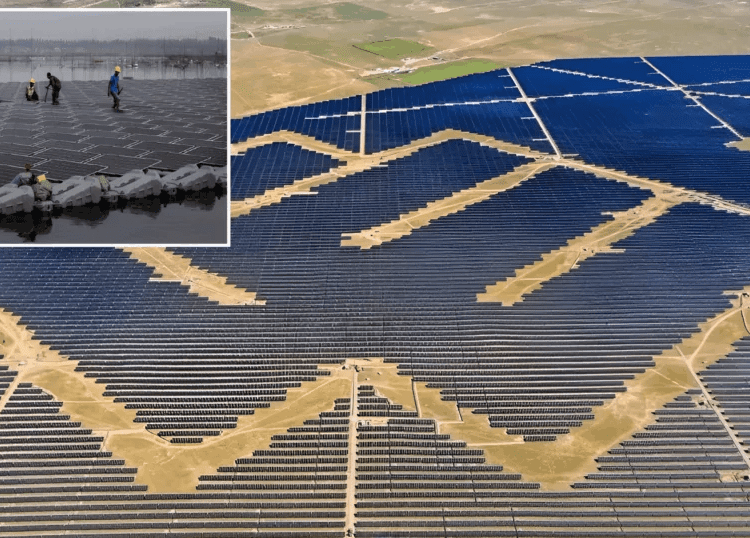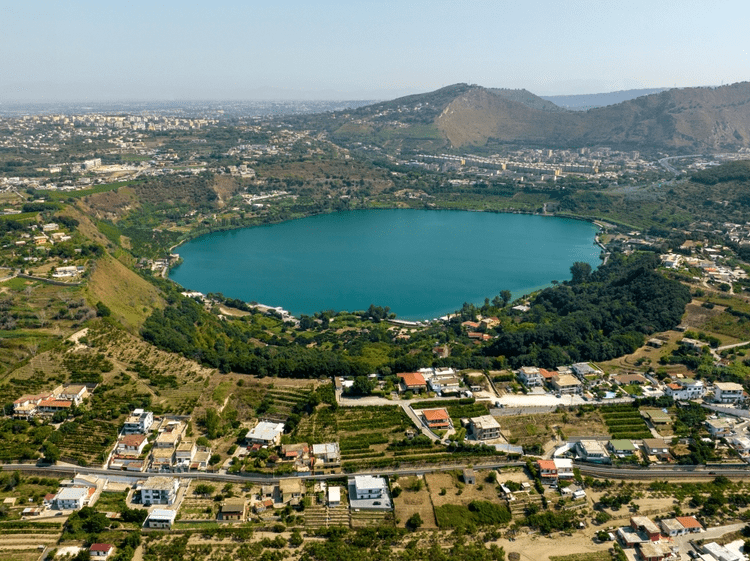Giant tabular icebergs are surrounded by ice floe drift in Vincennes Bay on January 11, 2008 in the Australian Antarctic Territory. (Photo by Torsten Blackwood – Pool/Getty Images)
Antarctic Ice Sheet Shows Unexpected Growth After Years of Decline
A surprising change is unfolding at Earth’s southernmost continent. After decades of contributing to rising sea levels, Antarctica’s vast ice sheet has begun growing again—at least for now.
A recent study published in Science China Earth Sciences reports that between 2021 and 2023, the Antarctic Ice Sheet (AIS) gained mass at a record-breaking rate, primarily due to unusual increases in precipitation. This rebound is especially notable in East Antarctica, where four major glacier basins had previously been showing signs of rapid ice loss and destabilization.

The Antarctic Ice Sheet (AIS) has historically lost mass, significantly contributing to sea-level rise, with intensified losses in West Antarctica and parts of East Antarctica, particularly from 2011–2020. However, between 2021 and 2023, driven by anomalous precipitation, the AIS experienced a record-breaking mass gain, even reversing trends in critical glacier basins like Totten, Moscow, Denman, and Vincennes Bay.
Satellite Data Reveals Ice Sheet Mass Gain
Researchers from Tongji University and other institutions analyzed satellite gravimetry data from NASA’s GRACE and GRACE-FO missions, which track subtle changes in Earth’s gravity to measure variations in ice mass.
Between 2011 and 2020, the Antarctic Ice Sheet was losing ice at an alarming rate of about 142 gigatons per year. However, from 2021 to 2023, this trend reversed, with the ice sheet gaining roughly 108 gigatons annually—a historic turnaround.
This growth temporarily offset global sea level rise by approximately 0.3 millimeters per year during the same period.
Key Glacier Basins Lead the Recovery
The most significant gains were seen in East Antarctica’s Wilkes Land and Queen Mary Land regions, including the Totten, Denman, Moscow University, and Vincennes Bay glacier basins. These glaciers had been losing mass rapidly due to surface melting and accelerated ice discharge into the ocean but now show signs of partial recovery.
What It Means Going Forward
Scientists caution that this positive shift doesn’t signal an end to the climate crisis. The mass gains were linked to abnormal precipitation patterns, which may be short-lived.
Holding more than half of the planet’s fresh water, the Antarctic Ice Sheet has been a major driver of sea level rise alongside Greenland’s ice melt and ocean warming.
This unexpected period of growth underscores how dynamic and sensitive polar regions are to climate changes. Should similar conditions continue, they could influence short-term sea level forecasts. Still, the consensus among experts is that the rebound is likely temporary unless sustained by broader climatic shifts.











